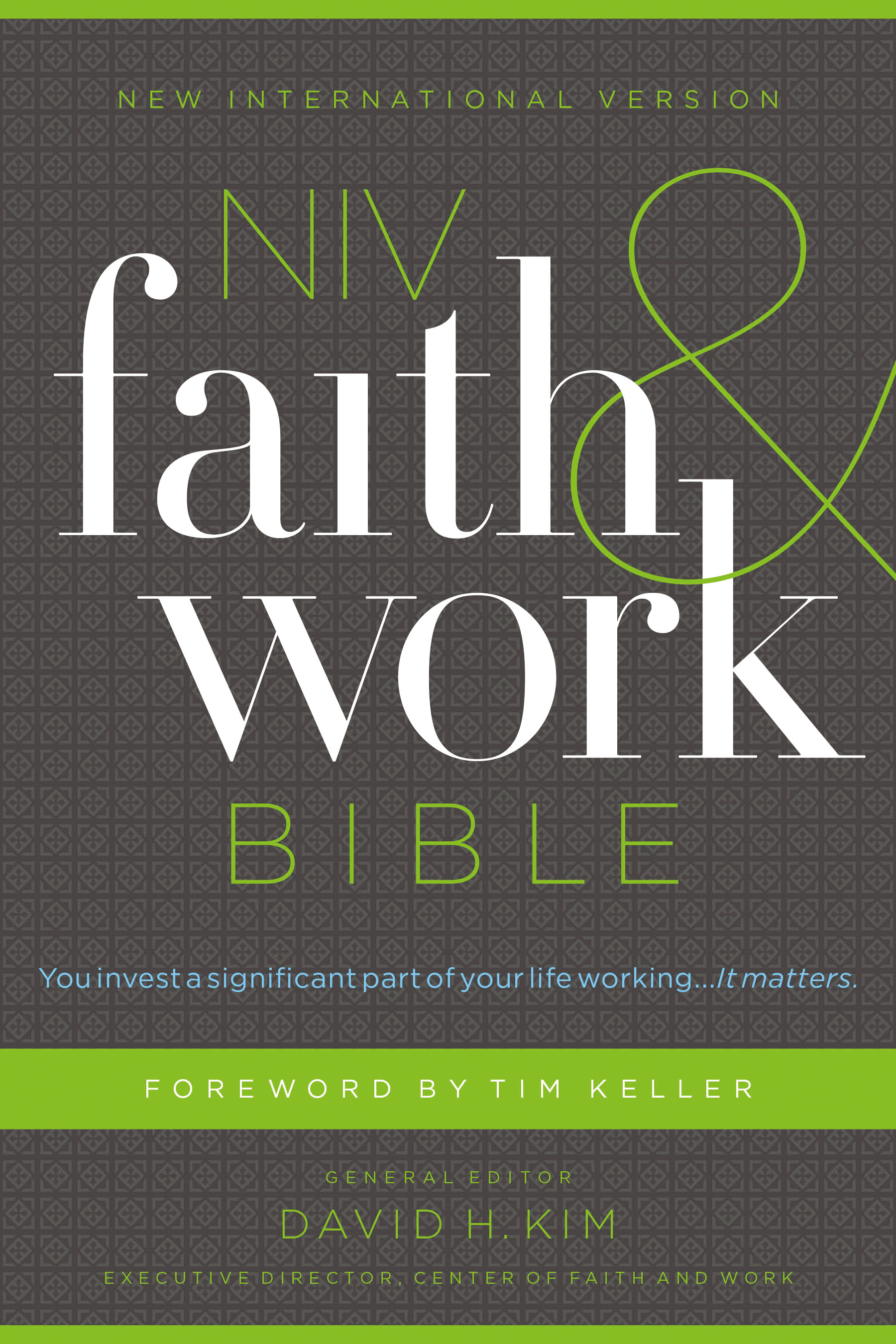I receive my list in the morning and begin my day. I enter the room of my first patient. She weighs just under three pounds. Her father’s wedding ring could encircle her thigh. She has more tubes, wires, and hoses than days on earth. I observe her, notice her rib cage retracting, straining for each breath. She is premature and fragile, not equipped for life outside the womb. I use my hands to provide containment and flexion. I gently reposition her so she’s comfortable. I massage her muscles, already tight with strain, overuse, and stress from the fight to live.
Her parents enter the room, dark circles under eyes filled with questions: What will the future hold? Will our daughter survive? They haven’t been able to hold their baby yet; they were told she was too sick. They look to me for answers. I help them celebrate their daughter and teach them how to make her cozy and help her conserve calories for growth and development.
I move to my next patient: a teenage girl who has had brain surgery due to epilepsy. Part of her brain was removed in the hope it would stop, or at least reduce, her seizures. Her surgery has left her hemiplegic, unable to use her left side. She is disheartened that simple tasks, like going to the bathroom or dressing herself, now take immense focus and time. I want to make her feel like a normal teenage girl. I get several bottles of nail polish, and we practice coordination tasks by doing something familiar and important to her.
I then return to the NICU, to a child born near his due date but whose mother used drugs while pregnant. This little man is sweaty, tight, tremoring, and going through withdrawals. He is on morphine yet still in pain. He can’t organize himself to suck properly. He can’t calm himself. I help him relax, dampen his detox tremors, elongate his overworked muscles. I educate his mom about methods to soothe him while he’s detoxing.
And these are just my first three patients.
 I arrange brain pathways for a living. And heal bones. And stretch muscles. And calm fears.
I arrange brain pathways for a living. And heal bones. And stretch muscles. And calm fears.
And play—mostly, I play.
Love Despite ‘Rehab Potential’
I am a pediatric occupational therapist, and I help babies and children grow, play, develop, and achieve their greatest potential in life. I help patients perform whatever is important and age-appropriate—everything from head control to driving safely. I see families struggling with hard providences every day. In the midst of crisis, I can provide dignity, fun, healing, and hope. My job is ministry.
Many people do not respect my work. I do not prescribe, administer medications, or perform radiological scans—often what the patient came to the hospital seeking. But I try to balance the invasive medical procedures my patients must endure: blood draws and biopsies, shots and sedation. I try to provide a fun and safe environment during my sessions so that my patients are able to forget about the diagnosis for a few minutes and just be kids.
Often the world of medical billing and reimbursement favors patients with an acute injury, like a broken bone or a curable illness—the type that can heal with short-term rehab or mending. But I feel just as called to those dealing with chronic conditions, the ones who will never be typically developing—the ones often overlooked. I see every child made in the image of God, and therefore valuable and worthy of respect and dignity.
God does not equate human worth with giftedness. He loved us while we were sinners and provided redemption, though we did not, and do not, deserve it. Jesus often healed those who were chronically ill and forced into isolation. He saw their needs and heard their stories. He gave them healing and hope. I can follow his example and treat all patients with respect, no matter their “rehab potential.”
So when I arrive at the end of my day to stretch my little friend—a sweet 9-year-old girl who can’t talk, who will always be wheelchair-bound, and who has intense difficulty controlling her movements—I stretch her lovingly. Biomechanically, I’m preventing contractures; but theologically, I’m affirming she’s made in the image of God and worthy of my best.
I am a pediatric occupational therapist, and I play for the glory of God.
 Editors’ note: This story was submitted for TGCW14 and is included—along with 74 others edited by Bethany Jenkins, director of TGC’s Every Square Inch—in the new NIV Faith & Work Study Bible (Zondervan) edited by David Kim, director of the Center for Faith & Work at Redeemer Presbyterian Church. It also includes a foreword by Tim Keller and essays from Nancy Ortburg, Jon Tyson, and Richard Mouw.
Editors’ note: This story was submitted for TGCW14 and is included—along with 74 others edited by Bethany Jenkins, director of TGC’s Every Square Inch—in the new NIV Faith & Work Study Bible (Zondervan) edited by David Kim, director of the Center for Faith & Work at Redeemer Presbyterian Church. It also includes a foreword by Tim Keller and essays from Nancy Ortburg, Jon Tyson, and Richard Mouw.
“The Most Practical and Engaging Book on Christian Living Apart from the Bible”
 “If you’re going to read just one book on Christian living and how the gospel can be applied in your life, let this be your book.”—Elisa dos Santos, Amazon reviewer.
“If you’re going to read just one book on Christian living and how the gospel can be applied in your life, let this be your book.”—Elisa dos Santos, Amazon reviewer.
In this book, seasoned church planter Jeff Vanderstelt argues that you need to become “gospel fluent”—to think about your life through the truth of the gospel and rehearse it to yourself and others.
We’re delighted to offer the Gospel Fluency: Speaking the Truths of Jesus into the Everyday Stuff of Life ebook (Crossway) to you for FREE today. Click this link to get instant access to a resource that will help you apply the gospel more confidently to every area of your life.
































